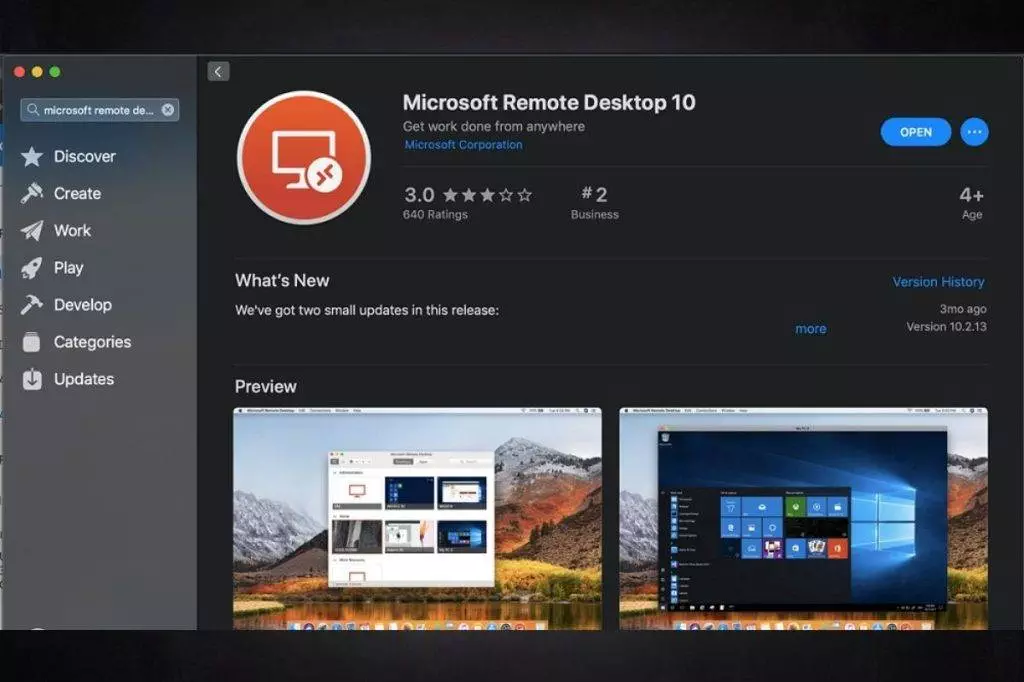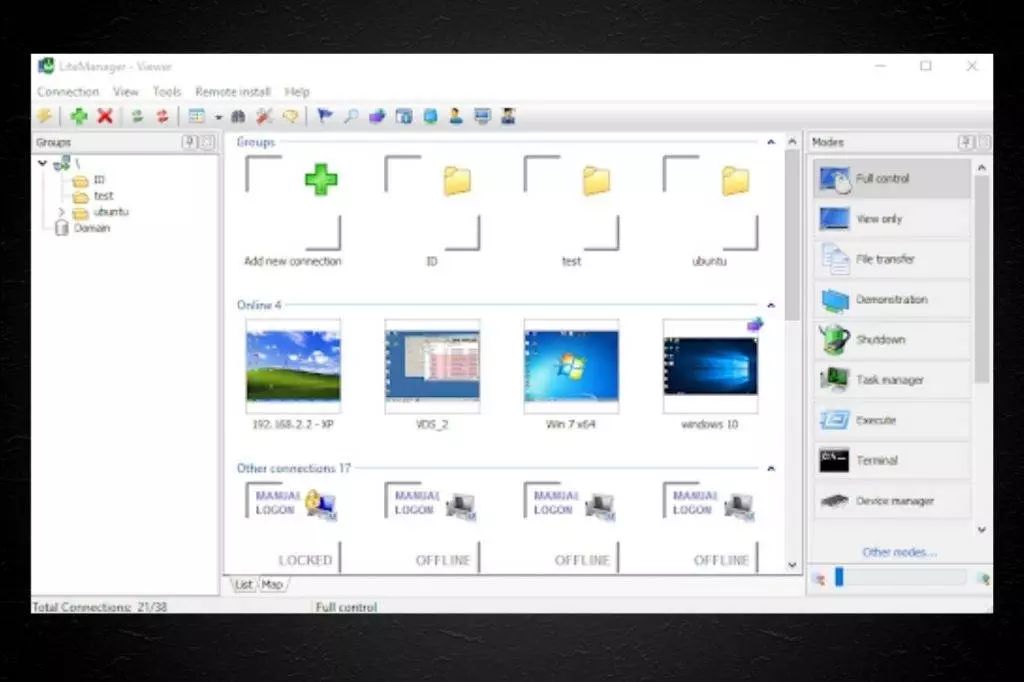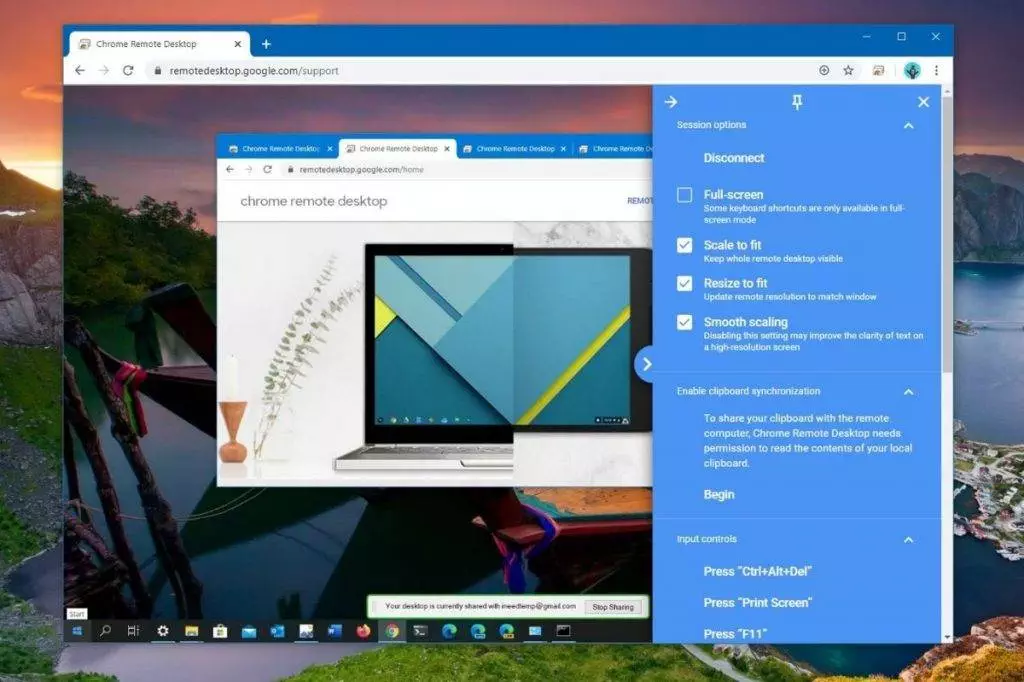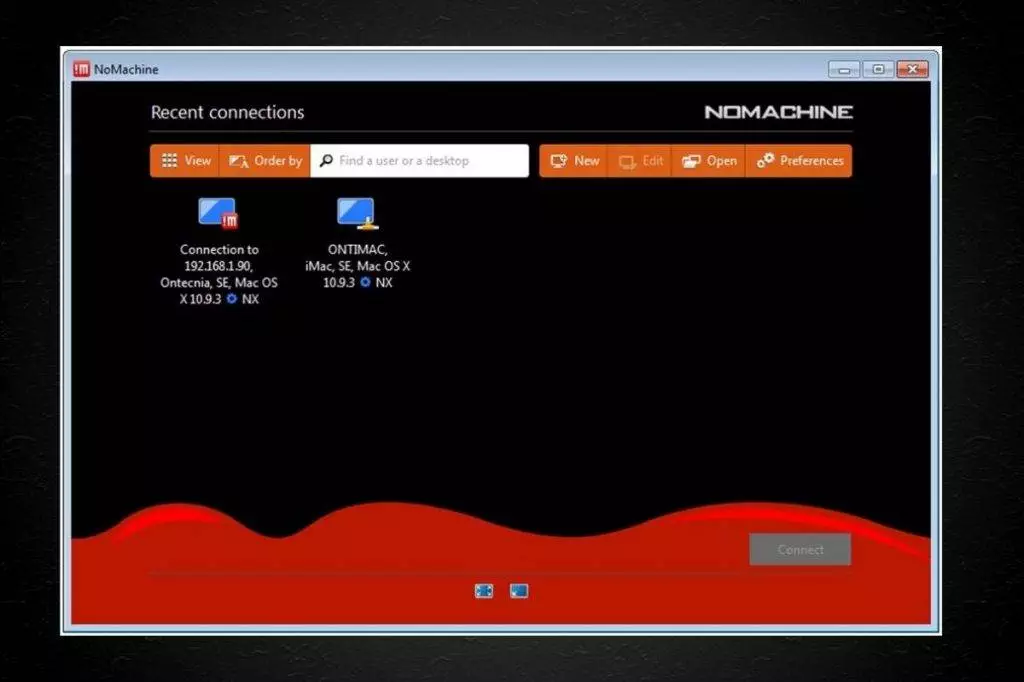TeamViewer is probably one of the best platforms to access a desktop and smartphone remotely. Many people prefer using this software to guide their team or for various other uses. TeamViewer can be used for personal work as well as professional work. However, when it comes to professional work, the features are limited, and you will have to pay for the premium version.
With that being said, many people search for an alternative to the TeamViewer. There can be many reasons to switch to an alternative. For instance, you might now like the UI or the features it offers. If you are looking for the best TeamViewer alternative, then you are at the right place. In this article, we will be discussing the five best TeamViewer alternatives in 2023.
These are the best TeamViewer Alternative in 2023
Microsoft Remote Desktop

The very first remote desktop application that is an alternative to the TeamViewer is the Microsoft Remote Desktop. Microsoft Remote Desktop is a free application that you can use. However, there is one limitation that you should know before you download the Microsoft Remote Desktop. The application is only limited to Windows devices. It means that only if you own a Windows device then only you will be able to use the software.
If you want to use the application on the Mac devices such as MacBook or iMac, this won’t work for you. For Windows devices, this probably is one of the best TeamViewer alternatives that you can go for.
Lite Manager

The very next alternative to the TeamViewer we have on the list is Lite Manager. This is free software that you can use to have remote desktop functionality. The best part about using this software is that it allows you to connect to 30 computers simultaneously. It offers features like remote viewing, file transfer, remote task management, remote launch, remote installation, text chat, and various others. These features are offered in the free version of the software.
It also has a pro/premium version, which offers quite more features than the free version, like, screen recording, a ticket system for customer support, and various others. Moreover, the software is on various platforms, such as Windows, Mac, Android, iOS, and Linux.
Chrome Remote Desktop

The next remote desktop application, which is also one of the best TeamViewer alternatives, is Chrome Remote Desktop. It is a free application that you can use to access and control your computer remotely.
The software is easy to use and can use on any device that supports Chrome or Firefox browser. The software can be used on any device that you use; all you need to have is a Google Chrome or Firefox browser. Be it any device you are using, if your device has support for Google Chrome or Mozilla Firefox, you can run the Chrome RDP( Remote Desktop) without any issue.
AnyDesk

Next on our list is AnyDesk, a popular remote desktop software that goes side-by-side with TeamViewer. You can use it for free, though there are some limitations that don’t stop you from using it. Moreover, it has security features, so you need not worry about your privacy online if you are using a free version.
AnyDesk allows you to transfer files from one device to another and even take a printout remotely. With that being said, the free version does not fall short of features, and you will not feel the need to upgrade to the paid version.
There is a paid version that you can shift to if you feel the free version didn’t fulfill your needs or requirements. This is probably one of the best TeamViewer alternatives that you can go for in 2023.
NoMachine

Last but not least, what we have on the list is NoMachine. NoMachine shares functionality similar to Microsoft Remote Desktop, except you can run this software on any operating system you use. You can easily run this software if you are using macOS, Linux, or any other operating system.
NoMachine offers features like video streaming, screen recording, audio streaming, access to the physical desktop, and various other features with the free version. The Pro version is the cherry on the top, offering features like automatic screen recording, Kerberos ticket authentication, ticket forwarding to the session, and seamless access to desktops for trusted users.






